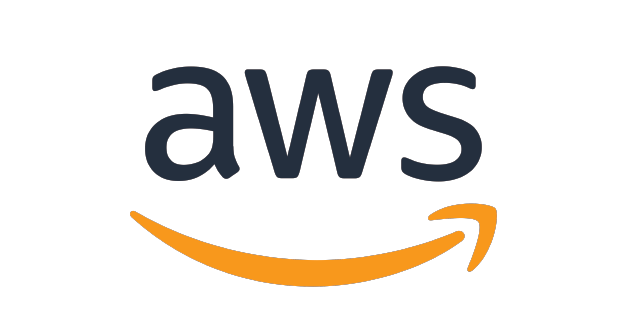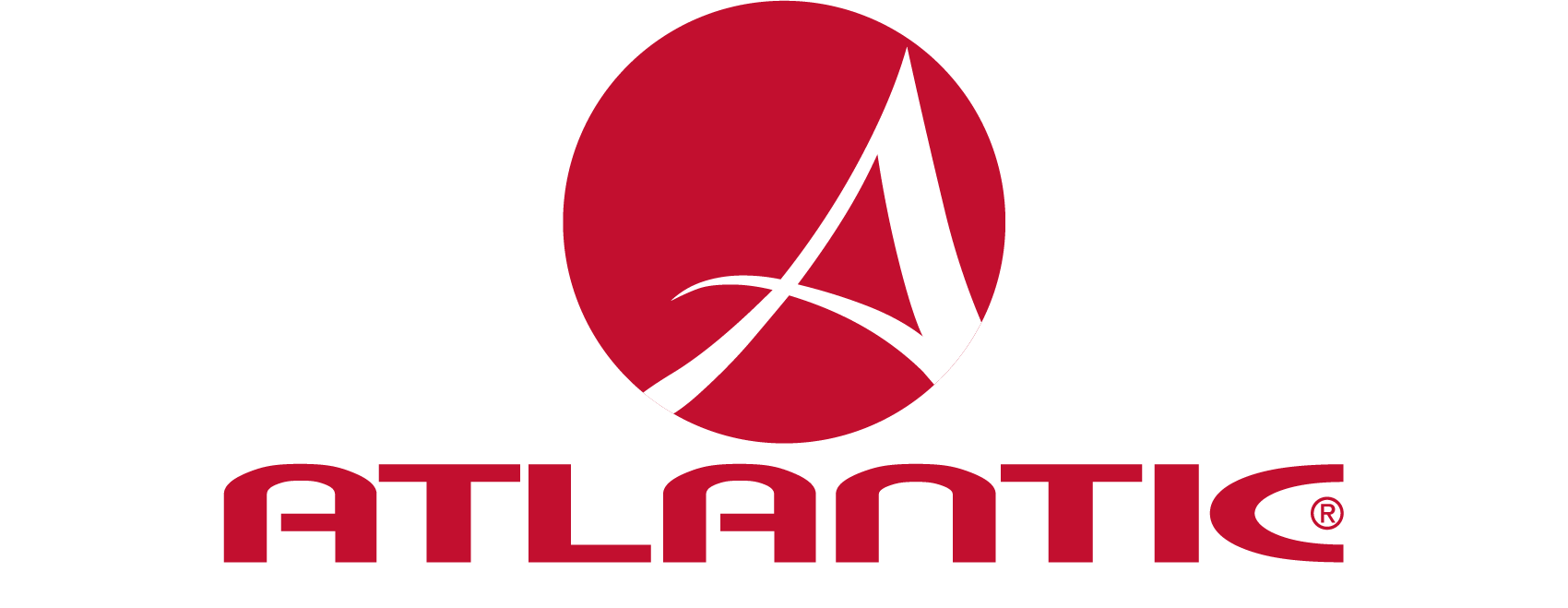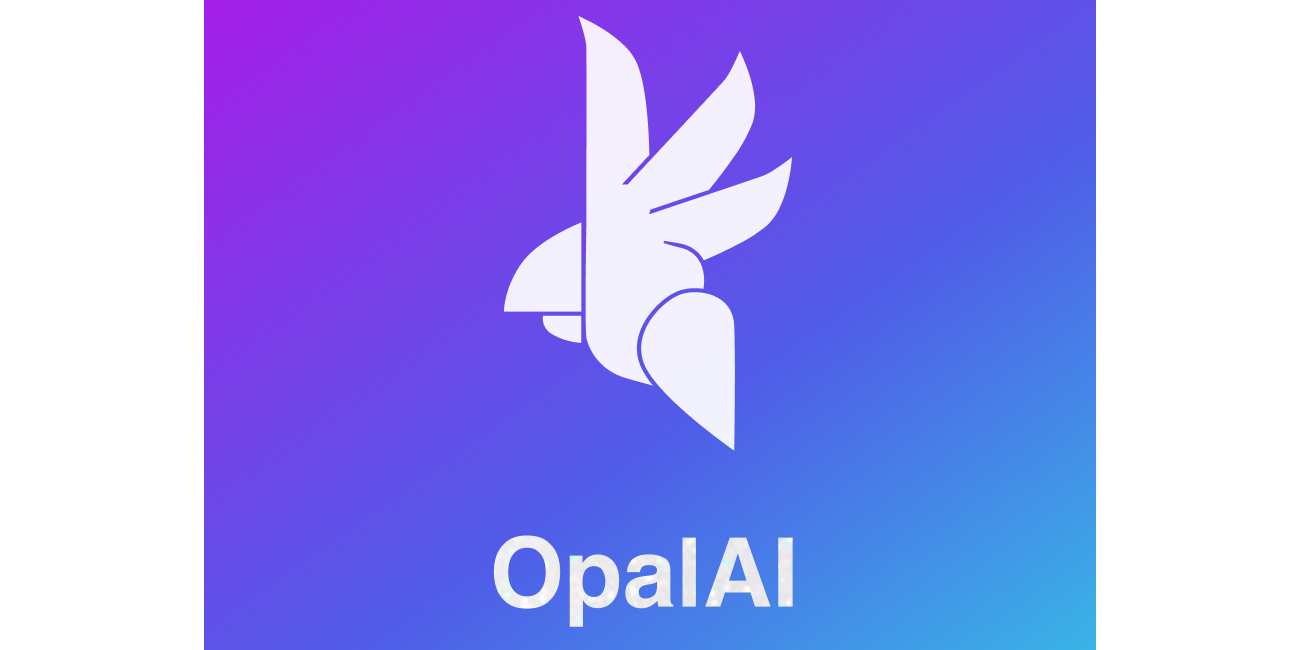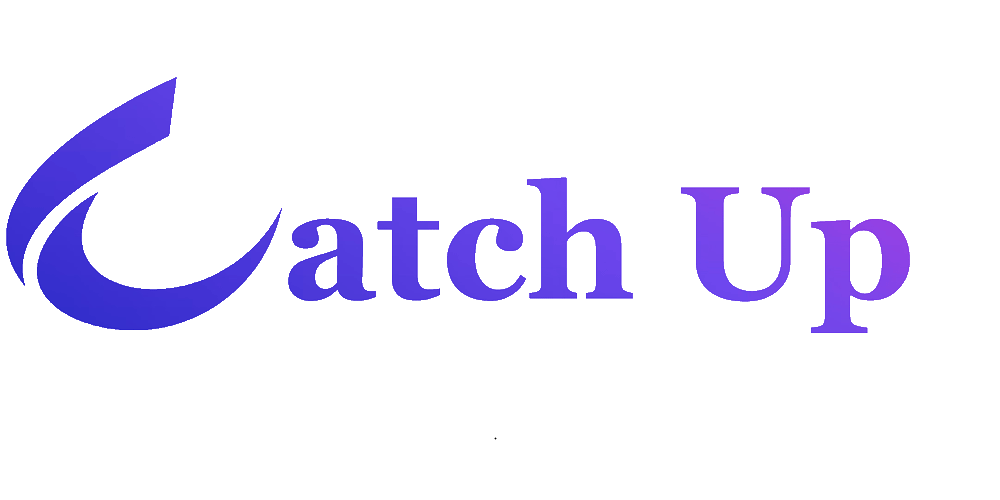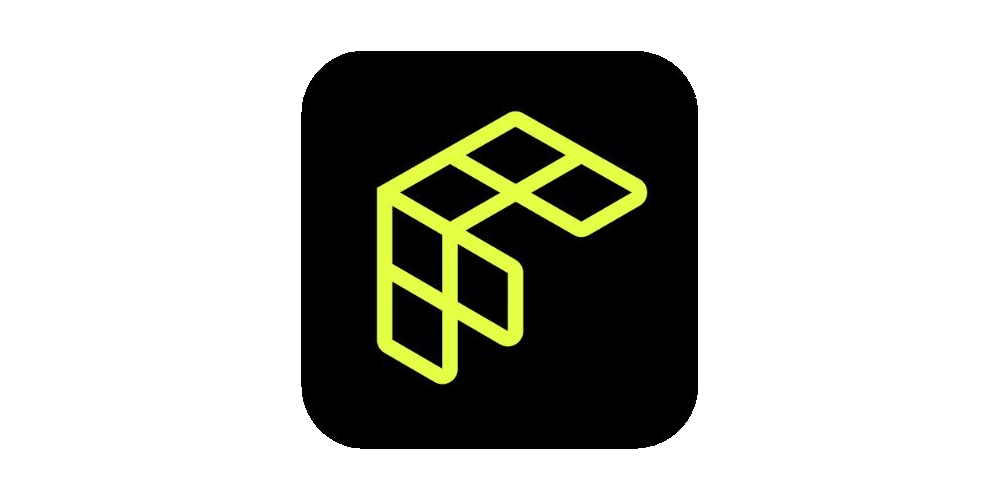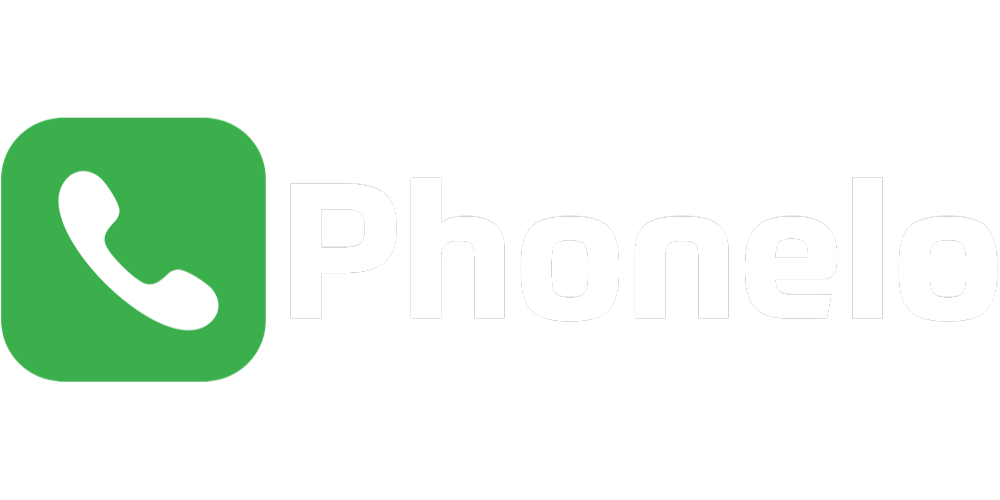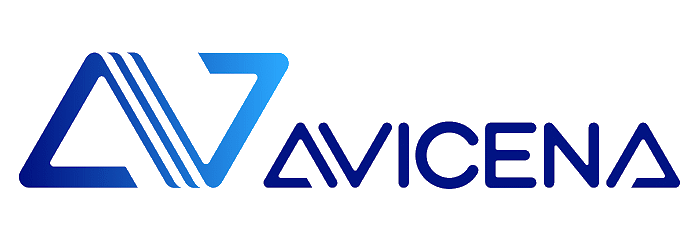Introduction: The Rise of Recruitment Automation
In today’s talent-driven economy, recruitment automation is no longer optional—it’s essential. With AI in hiring and machine learning recruitment technologies, companies are reimagining traditional hiring methods. The automated hiring process is becoming smarter, more efficient, and fairer, while AI recruitment trends continue to push boundaries in scalability and candidate experience.
This blog explores how recruitment automation works, its benefits, challenges, and what future AI recruitment trends are shaping the hiring landscape.
1) What Is Recruitment Automation?
Recruitment automation refers to using software and algorithms to handle repetitive, time-consuming tasks in talent acquisition—resume screening, interview scheduling, candidate follow-up, and pre-employment assessments.
Through AI in hiring, systems can not only automate but also learn—adjusting processes over time using machine learning recruitment models to improve accuracy, reduce bias, and elevate the automated hiring process.

2) Core Components of an Automated Hiring Process
To fully realize recruitment automation, organizations typically adopt a layered approach:
- Resume screening & prequalification: Analyze applications, extract data, score candidates, and filter for best fit.
- Interview scheduling & coordination: Sync calendars, send reminders, handle changes dynamically.
- Assessment & scoring: Evaluate technical tests, personality, and role-based assessments via ML models.
- Background checks & onboarding prep: Automate verifications and document collection before day one.
Each stage forms part of the automated hiring process, creating a streamlined recruitment lifecycle.
3) How AI in Hiring Drives Smarter Decision-Making
With AI in hiring, recruiters gain predictive insights—who is likely to succeed, which roles are at risk, and where talent gaps may emerge. Key advantages include:
- Pattern recognition beyond human capacity
- Real-time analytics and feedback
- Continuous model training based on outcomes
Coupled with machine learning recruitment, your tools evolve—learning from successes and misses to fine-tune matching.

4) Benefits of Recruitment Automation
Adopting recruitment automation offers measurable gains:
- Speed & efficiency: Shrink time-to-hire drastically.
- Cost savings: Reduce manual effort and human error.
- Consistency & fairness: Standardize evaluations and reduce bias.
- Scalability: Recruit large volumes without proportional resources.
- Better experience: Faster responses and smoother interactions strengthen your brand.
5) Challenges & How to Overcome Them
While powerful, recruitment automation isn’t a magic bullet. Challenges include:
- Algorithmic bias risk if not monitored
- Data privacy & compliance for candidate information
- Maintaining a human touch in candidate relationships
Mitigate these by pairing AI in hiring with human oversight, running regular bias audits, and communicating transparently throughout the automated hiring process.
6) Emerging AI Recruitment Trends
Top AI recruitment trends to watch:
- Conversational AI in recruitment: Chatbots that guide candidates in real time.
- Video interview analytics: Inference on sentiment, tone, and communication style.
- Skill-based matching over keywords: Models grasp context, not just terms.
- Predictive attrition modeling: Identify candidates likely to stay long-term.
- Continuous learning models: Systems retrain as new data arrives.

These trends continue to push the envelope on what recruitment automation can achieve.
7) Best Practices for Implementing Automated Hiring
To get the most out of this shift:
- Start with high-value, low-risk tasks (screening, scheduling).
- Use machine learning recruitment modules with human review.
- Monitor regularly for bias and fairness.
- Integrate automation into your ATS/HR tech stack.
- Measure KPIs (time-to-hire, quality of hire, candidate satisfaction) and iterate.
FAQs
Q1. Difference between recruitment automation and AI in hiring?
Recruitment automation = automating hiring tasks. AI in hiring = those tools use intelligent models and learning,
so the automation gets smarter over time.
Q2. How does machine learning improve matching?
Models learn from past outcomes to identify attributes that predict success—going beyond surface-level resume filters.
Q3. Can automation replace human oversight?
No—automation handles routine tasks; humans make final decisions and manage relationships.
Q4. Most impactful AI recruitment trends now?
Conversational AI, video analytics, and skill-based matching are already improving experience and efficiency.
Q5. How should companies begin?
Pilot screening and scheduling, monitor results, tune models, then expand to assessments and onboarding.



